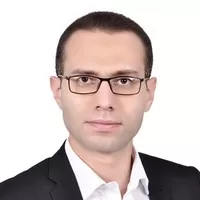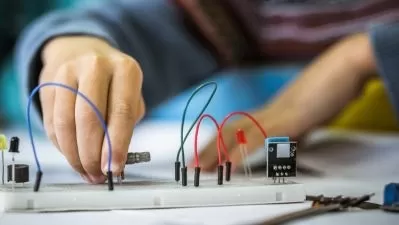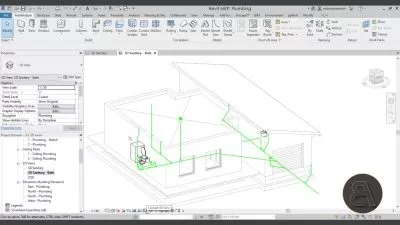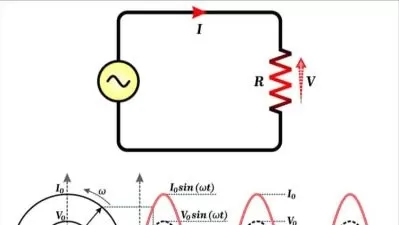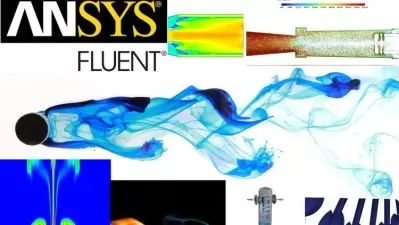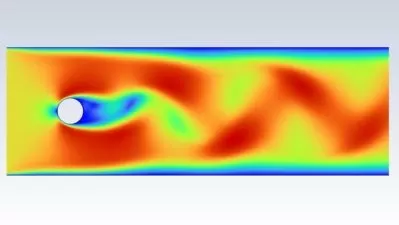Simulate a Thermoelectric generator in ANSYS
Hesham Khalil
1:24:54
Description
Thermal-electric analysis
What You'll Learn?
- Creating a geometry in SpaceClaim
- Assigning material in ANSYS
- Meshing a solid domain
- Simulating thermoelectric generators
- Generate contours of temperature and voltage
- Parametric analysis of the TEG performance
Who is this for?
What You Need to Know?
More details
DescriptionIn this set of lectures, you will find the complete steps to simulate the thermoelectric generators inside ANSYS.
The course starts with geometry creation using SpaceClaim. A step-by-step guide on how to create the 3DÂ model in the most flexible and easy way. The exact dimensions and placement of each component is explained in full detail supported with actual images of an actual commercial thermoelectric generator.
Following this, the different materials definitions and their assignments to various components of the TEG. The used materials are actual properties referenced from published scientific articles.
Next, you will see the meshing process. A good uniform mesh is formed. The mesh includes hexahedrons only. Detailed steps are shown and using connections between components are explained.
After that, the analysis settings and the definitions of boundaries' conditions are explained in ANSYSÂ Mechanical. Defining temperature boundaries and convection coefficients.
Finally, you will learn how to display the different results in different forms (Contours, exact values, etc...). Contours of temperature and voltage. Also, you will learn how to do parametric analysis. Variation of performance at different temperatures and the at different loads.
This is recorded using version 2021R1. The attached files can be opened in this version and any other later version released after 2021R1.
Who this course is for:
- Electrical engineers
- Mechanical engineers
- Researchers in energy harvesting
In this set of lectures, you will find the complete steps to simulate the thermoelectric generators inside ANSYS.
The course starts with geometry creation using SpaceClaim. A step-by-step guide on how to create the 3DÂ model in the most flexible and easy way. The exact dimensions and placement of each component is explained in full detail supported with actual images of an actual commercial thermoelectric generator.
Following this, the different materials definitions and their assignments to various components of the TEG. The used materials are actual properties referenced from published scientific articles.
Next, you will see the meshing process. A good uniform mesh is formed. The mesh includes hexahedrons only. Detailed steps are shown and using connections between components are explained.
After that, the analysis settings and the definitions of boundaries' conditions are explained in ANSYSÂ Mechanical. Defining temperature boundaries and convection coefficients.
Finally, you will learn how to display the different results in different forms (Contours, exact values, etc...). Contours of temperature and voltage. Also, you will learn how to do parametric analysis. Variation of performance at different temperatures and the at different loads.
This is recorded using version 2021R1. The attached files can be opened in this version and any other later version released after 2021R1.
Who this course is for:
- Electrical engineers
- Mechanical engineers
- Researchers in energy harvesting
User Reviews
Rating
Hesham Khalil
Instructor's Courses
Udemy
View courses Udemy- language english
- Training sessions 11
- duration 1:24:54
- English subtitles has
- Release Date 2023/11/22





